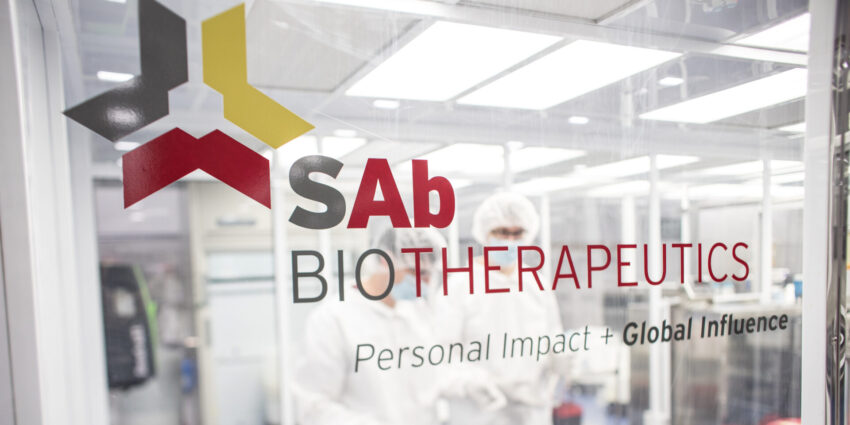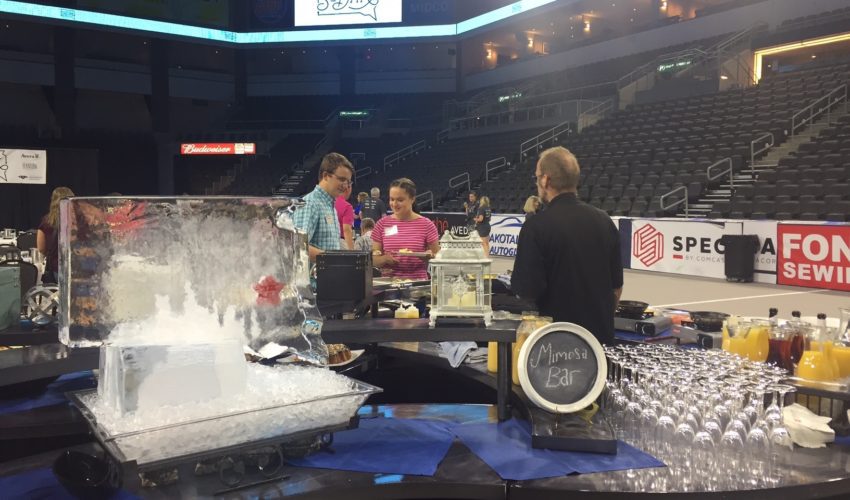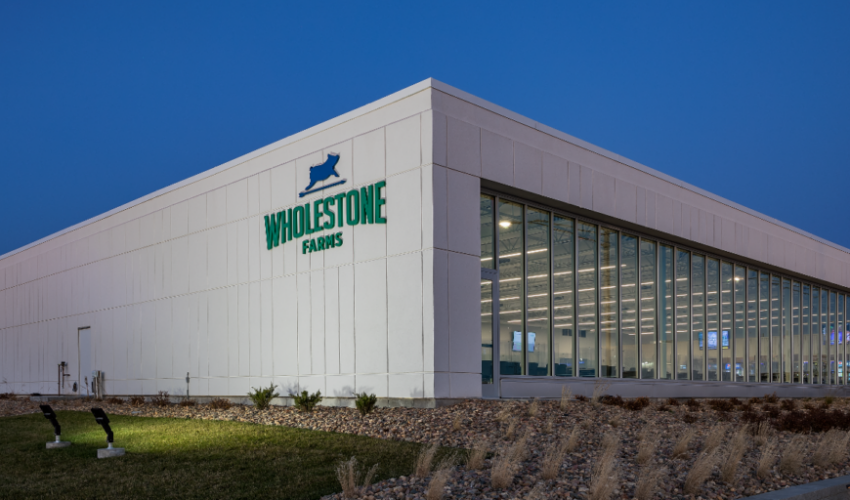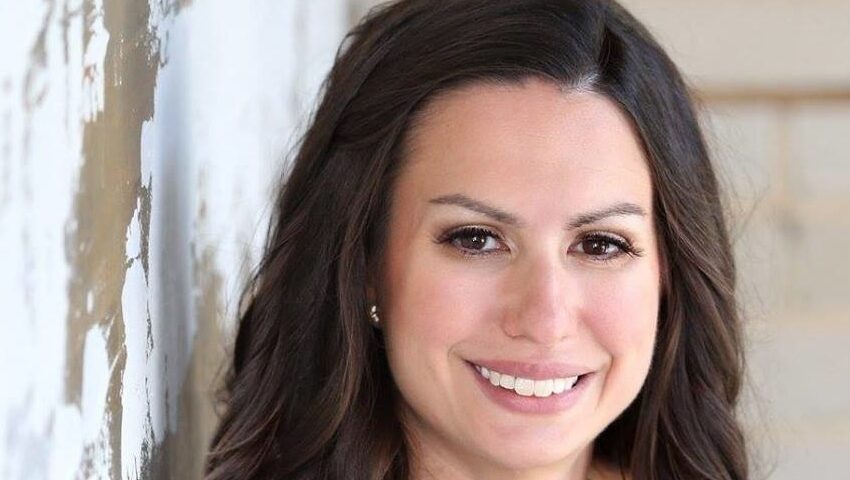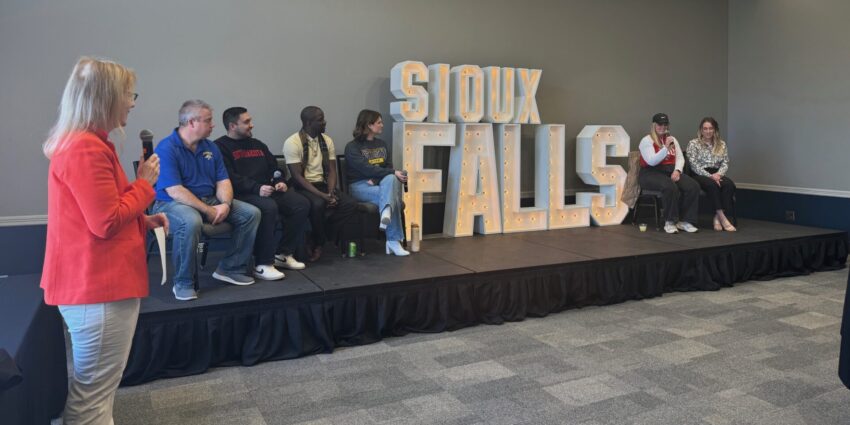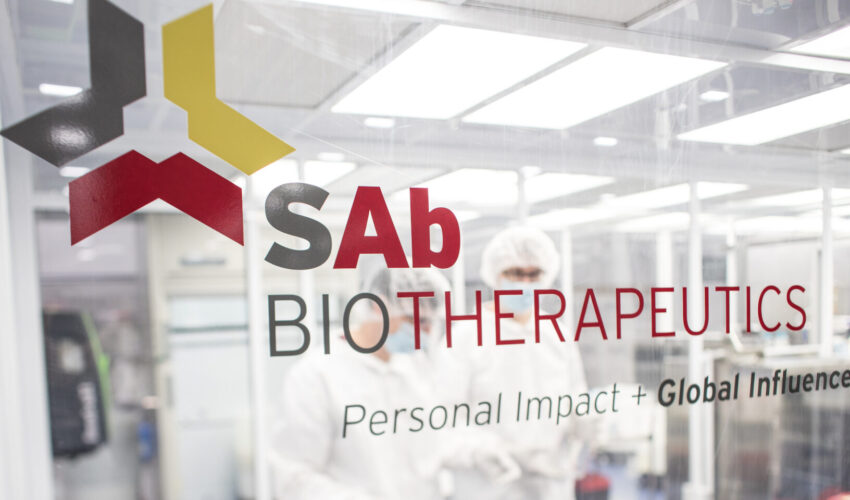Jodi’s Journal: The little biotech company that could beat COVID-19
April 26, 2020
I deliberately put an attention-grabbing headline on this column, but it’s one I plan to back up with what I’m about to tell you. And hopefully you’ll agree this is a topic that deserves more attention.
In recent weeks, many of our stories have generated huge, positive response from readers. That was the case with two stories that ran this month detailing the use locally of blood plasma from patients who have recovered from COVID-19.
This one talked about how Avera is participating in a Mayo Clinic-led study to test the effectiveness of convalescent plasma.
And this one shared how Sanford Health treated a critically ill patient in Fargo with convalescent plasma.
Our readers were, rightly, encouraged by these advances in treating COVID-19. They and many other people clearly now are understanding the ability for this plasma, which is donated from people who have recovered from COVID-19, to help people with severe, potentially life-threatening cases of it.
So I’m hoping this might be the time to further detail how a biotech company in our own backyard is working on a treatment that can do the same thing, but arguably with an even better approach.
Here is my attempt to explain what SAB Biotherapeutics does, why it’s so unique and promising, and why it could position Sioux Falls as a center of bioscience.
This is what they do.
SAB, whose researchers are based in Sioux Falls, has a herd of cows that have been genetically designed to produce fully human polyclonal antibodies.
I’m not a scientist, and neither are you probably, so let me try and further break this down in the context of what it means for COVID-19.
SAB has started vaccinating some of its cows so they are generating human antibodies specifically for COVID-19. Antibodies are what recognize foreign invaders – like viruses – in the body. The immune response created is what neutralizes the invader and allows the body to recover.
In this case, the antibodies are contained in the cows’ plasma. So once the cows are vaccinated and start producing antibodies, SAB can start collecting their plasma.
This is a very similar approach to using convalescent plasma.
Just as recovered patients are donating plasma with COVID-19 antibodies, these cows are producing large amounts of plasma with human COVID-19 antibodies – with some differences that could make it even more effective.
To explain, I checked in with SAB Biotherapeutics CEO Eddie Sullivan.
“Convalescent plasma is attempting to do exactly what we’re doing in a different way,” he told me.
“We have this unique system where we can produce them outside of human donors that have been sick with the disease, where … we can produce them in animals at high-potency levels. And then we purify and concentrate the antibodies, so we get it into patients very quickly. Our system is really unique in the world.”
The SAB approach is different from other treatments being developed for a couple of reasons. First, it’s developed specifically to target COVID-19. It’s not an existing treatment that’s being tried to see if it works with COVID-19.
Second, it uses polyclonal antibodies. The only other way to produce a polyclonal antibody specific to COVID-19 is to use plasma from a recovered patient. And the reason polyclonal antibodies are so effective is because they activate the entire immune system to do what it’s naturally designed to do – fight back again an invader. That also means they can still be effective even if a virus mutates, Sullivan said.
“We are a unique tool in the toolbox,” he said.
The SAB therapeutic is being rapidly developed.
Because this is a treatment designed specifically for a new virus, it’s taking some time to develop. But it’s still going “very, very well,” he said.
“We are showing what our technology is capable of as far as making a specifically directed therapeutic to this disease.”
SAB is moving on two tracks at the same time with this therapeutic. It’s producing research cows and learning from those as it moves toward clinical trials. And it’s producing production cows — the animals making the plasma that can ultimately be used in patients.
“We’ll begin doing animal-model testing late spring, and the idea is to be ready to go into human evaluation in early summer,” Sullivan said. “We’ve stuck very tightly to the timeline. From the time the animal is vaccinated until the plasma is ready, it’s about eight weeks. Then, it has to be purified, and they have to do the final fill into the vials and then the quality control that allows you to release the product to be used in a human.”
SAB is working with CSL Behring, a Pennsylvania-based global biotech company that is the largest human plasma producer in the world, to bring the therapeutic known as SAB-185 to clinical evaluation.
The SAB “pharm” where the animals live has been growing. It originally was intended for 100 cows, and the company is producing more than 200.
“We are producing more plasma right now than we have manufacturing capacity to purify, so that’s in part why we’re partnering with CSL,” Sullivan said.
Here’s what the treatment looks like in a health care setting: To start, patients would receive SAB’s antibodies through an intravenous infusion. Sullivan estimates it could take about 30 minutes. Longer term, it potentially could be delivered through a shot.
The treatment requires a smaller volume of solution and delivers a higher potency than you can achieve by using plasma from a recovered patient, he added.
“That allows them (COVID-19 patients) in theory to respond immediately and clear the virus.”
The therapeutic also could be given to individuals such as emergency responders to try to prevent them from contracting COVID-19.
“They stay a long period of time in humans,” Sullivan said. “So you can give our antibodies to a healthy human, and if they experience a contamination with the virus, they immediately have the antibodies to neutralize the virus.”
There’s growing funding behind this.
CSL has provided seed funding to offset some initial development costs that were funded by SAB in good faith to respond to COVID-19 as fast as possible.
SAB also secured $7.2 million in federal funding. That’s enough to complete initial manufacturing and pre-clinical studies.
“Things are happening extremely rapidly, and we have to communicate and coordinate and do this in such a way to ensure we have the safety of people in mind,” Sullivan said. “And that we are doing something that is going to be absolutely a benefit and proved very well in clinical trials. So we’re working right now with groups, both in the government as well as our industry partners, to develop it.”
SAB had announced plans to move much of its operation to a new headquarters at the USD Discovery District in Sioux Falls. Those plans were put on hold as response to the pandemic ramped up.
The research team works out of Sanford Research, although it’s not part of Sanford Health.
Sanford and other South Dakota health care systems could be clinical trial sites, Sullivan said.
“The idea is that we want to be able to be as efficient as possible at getting clinical trials completed and begin to show safety and efficacy against the virus and be able to get this into the hands of the general public for general use.”
SAB has a track record with similar diseases.
There is reason to be encouraged that SAB has a platform technology that can address COVID-19 because it has addressed other similar illnesses, including the first SARS and MERS-CoV, another coronavirus.
“We have done this so many times with so many kinds of viruses that we have a very good handle on not only how our animals respond to certain antigens but how the safety of our antibodies are going to be if we do things a certain way,” Sullivan said.
“We’re following 20 years of history – the development of the platform technology and the technology to target antibodies to specific diseases and certainly the knowledge we have gained.”
Within the past year, the company has started working with the Department of Defense to demonstrate that its platform technology can be used as a rapid response for emerging diseases and biothreats. That’s in the context of the military. It’s a multifaceted process that has involved showing how SAB can address these threats. And that continues, while at the same time SAB is now “having a real-world situation where we are having to prove it,” Sullivan said.
“Our team is performing in a marvelous way. Many of them are working very long hours, weekends, to try and move this along as quickly as possible. There’s a sense of urgency. And yet we need to be very precise and very deliberate about what we’re doing to get this right the first time. That’s what we need to keep our eye on.”
In the past two weeks, the scope of SAB’s work with the Department of Defense was increased by more than $9 million to advance its work on the COVID-19 therapeutic.
“SAB Biotherapeutics’ unique antibody platform shows real potential to address the critical need for fighting coronavirus and establishing a truly responsive model for combating future threats,” Dr. Matthew Hepburn, joint project lead for chemical, biological, radiological and nuclear defense enabling biotechnologies, said in announcing the expanded scope.
It’s time to tell the story and create a foundation for the future.
I keep thinking one of these days I’m going to pull up a news conference from an elected official at any level and hear someone talk about SAB and the incredible progress and potential occurring in South Dakota.
It’s happening in scientific circles. I have seen multiple pieces from national, even international, bioscience organizations communicating what SAB is doing. We in the local media have run pieces here and there, but SAB is still far from a household name in Sioux Falls. I hope as this therapeutic advances in the development pipeline that we will see at least as much coalescing around SAB in South Dakota as we have around testing hydroxychloroquine.
“We appreciate when people are out there talking about us, whoever they are,” Sullivan said. “Certainly, we would welcome that from our government as well.”
But he certainly wasn’t asking for accolades, just answering my question. There are benefits to working somewhat under the radar too, I’m sure. And SAB has never been the type of company that shouts its achievements in a big, public way. But this is amazing work with global possibilities. It’s happening in our own community. So I hope learning more about this company makes you as proud and optimistic as I am for them.
If this becomes a therapeutic of choice for COVID-19, there are big implications.
“That gives tremendous growth opportunities for SAB right here in Sioux Falls,” Sullivan said. “This is going to be an opportunity for us to scale up that production, not only for COVID-19 but the next problem that comes along. SAB is setting up to become that rapid response system. Yes, this is a worldwide pandemic different than we’ve ever experienced, but it certainly is not the last time there will be an emerging viral disease, even in our lifetime. We have to be ready for the next one.”

